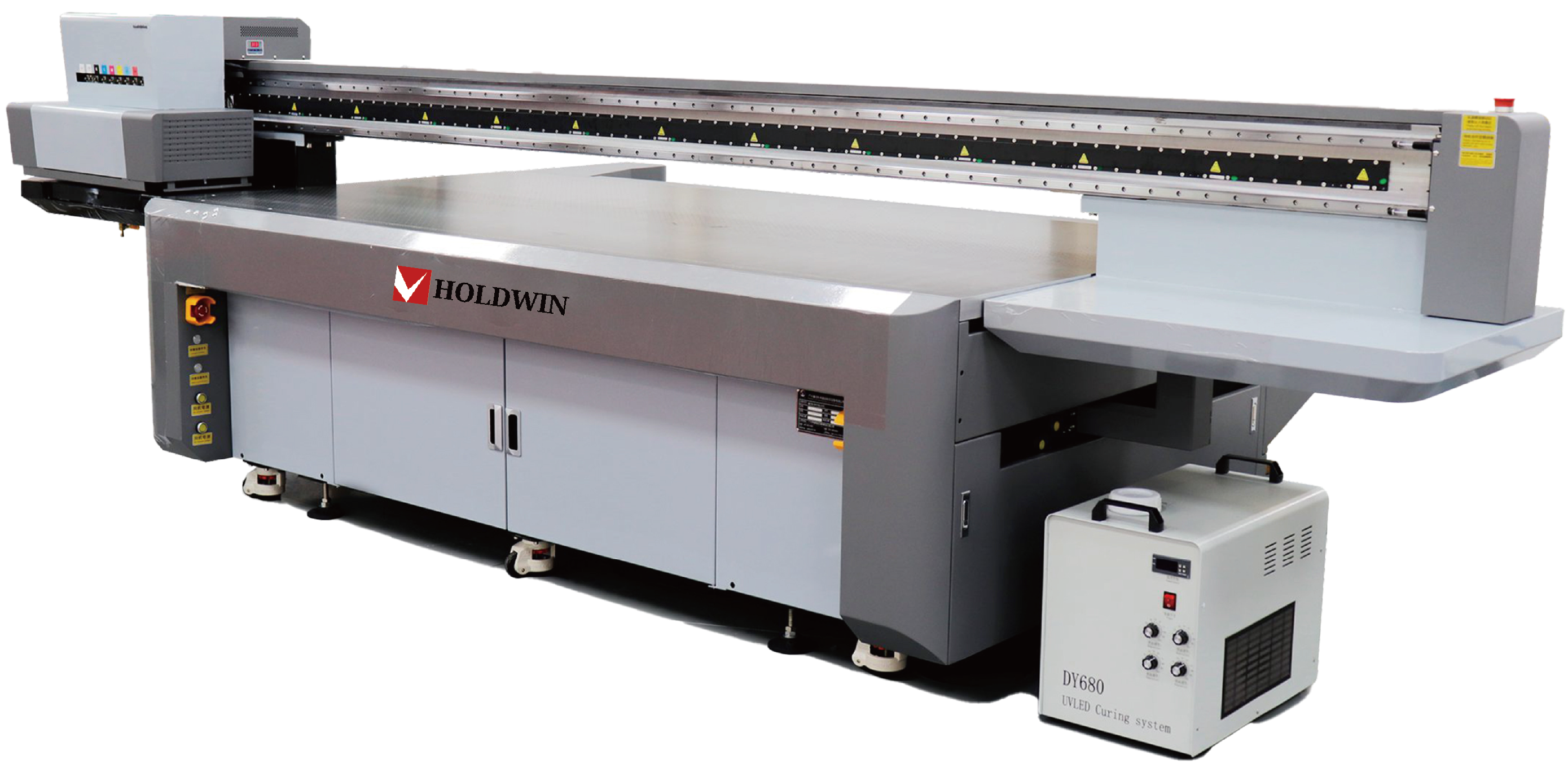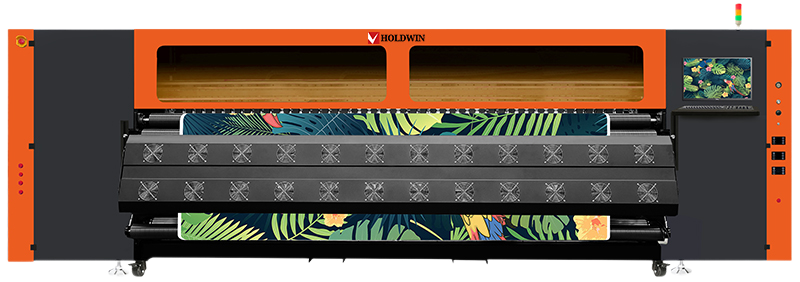
Inkjet printing has become one of the most transformative technologies in the world of digital printing. It has not only revolutionized the way we print documents and images but also reshured industries such as textiles, packaging, signage, and even automotive applications. As inkjet technology continues to evolve, it enables higher quality prints, greater efficiency, and new creative possibilities across diverse sectors. In this article, we will explore the latest advances in inkjet technology, how these developments are improving digital printing processes, and how companies like Shaoxing Zhiyu Digital Technology Co., Ltd. (HOLDWIN) are driving innovation in the field.
Inkjet printing works by spraying tiny droplets of ink onto a substrate, whether it’s paper, fabric, plastic, or metal, to create an image or text. Unlike traditional printing methods such as offset printing, which requires printing plates and preparation, inkjet printing is a direct-to-substrate method, making it faster, more versatile, and cost-effective for small to medium print runs.
In the digital inkjet process, the image is created from a digital file, and the ink is deposited precisely in the required locations. This means that with inkjet technology, it is possible to produce highly detailed, vibrant prints without the need for costly set-ups or prepress work.
Over the years, inkjet technology has seen significant advancements in both hardware and software, opening the door to new possibilities for digital printing. These innovations have not only improved print quality but have also increased printing speed, reliability, and versatility. Below are some of the most notable advancements in inkjet technology.
A major area of improvement in inkjet technology is the increase in print resolution. Traditional inkjet printers could only achieve a certain level of detail, but modern inkjet systems are now capable of printing at resolutions of up to 2400 x 2400 DPI (dots per inch) or higher. This high resolution results in sharper, more vibrant images, and makes inkjet technology suitable for applications that require intricate detail, such as textile printing, photography, and fine art reproduction.
Piezoelectric inkjet technology has been one of the biggest breakthroughs in inkjet printing. Piezoelectric printheads use a piezoelectric crystal to control the ejection of ink droplets, providing more precise control over the size and frequency of droplets. This leads to improved print quality, faster printing speeds, and the ability to print on a wider range of materials.
One key benefit of piezoelectric inkjet technology is its versatility in ink types. Unlike thermal inkjet heads, which rely on heat to eject ink, piezoelectric heads can work with a broader variety of inks, including UV-curable, solvent-based, and water-based inks. This has expanded the use of inkjet technology in applications such as flexible packaging, signage, and even direct-to-garment printing for textiles.
UV inkjet printing has gained significant traction in the digital printing world, offering a number of advantages over traditional ink technologies. UV inks are cured by ultraviolet light, meaning that the ink dries instantly when exposed to UV rays, allowing for faster production speeds. This technology is widely used in industries such as signage, packaging, and automotive printing, where speed and durability are critical.
UV inks also offer exceptional adhesion to a variety of substrates, including plastics, metals, glass, and wood. As a result, UV inkjet printing enables manufacturers to create high-quality prints on non-porous materials that were previously difficult to print on with traditional methods.

Another important development in inkjet technology is the growing use of water-based inks. Water-based inkjet systems offer several advantages, particularly in terms of environmental sustainability. Unlike solvent-based inks, which emit harmful volatile organic compounds (VOCs), water-based inks are much safer and more eco-friendly, making them ideal for applications in packaging, textiles, and retail signage.
Water-based inks also tend to have better color consistency, a softer feel when used in textiles, and are less prone to fading over time. As consumers demand more environmentally responsible products, water-based inkjet printing is becoming a preferred option for manufacturers looking to align with sustainability initiatives.
Inkjet technology has revolutionized the textile industry, enabling digital textile printing as a mainstream method for fabric decoration. In digital textile printing, inkjet printers use specialized textile inks—such as disperse dyes, acid dyes, or reactive dyes—to print directly onto fabrics. This process is faster and more versatile than traditional screen printing, allowing for short print runs, intricate designs, and even on-demand printing.
Recent advancements in digital textile printing include improvements in ink formulations, which provide better color vibrancy, durability, and wash fastness. Additionally, the development of new printheads and faster drying systems has made digital textile printing more efficient and cost-effective for manufacturers.

Inkjet printheads are crucial to the overall performance of inkjet printing systems, and recent advancements have focused on improving the efficiency, durability, and lifespan of these components. Manufacturers have introduced more advanced printhead designs that feature finer nozzle sizes, higher droplet precision, and the ability to print at faster speeds without compromising quality.
Moreover, the development of multi-level drop technology enables printers to produce smoother gradients and finer details in prints. This technology controls the size and frequency of ink droplets, allowing for a wider color gamut and a more polished finish on printed materials.
The integration of inkjet printing systems with Internet of Things (IoT) technology and automation tools has brought significant improvements in production workflows. Modern inkjet printing systems can now be remotely monitored, controlled, and adjusted, improving operational efficiency and reducing downtime.
This level of automation allows printers to run continuous production without the need for constant manual intervention, which is particularly important for high-volume printing applications. Additionally, inkjet systems can now integrate with various other digital technologies, such as cloud-based design software and supply chain management systems, allowing for seamless end-to-end workflows.
The latest inkjet printing systems are faster than ever, providing a significant boost to production workflows. High-speed printheads, faster drying times, and automated workflows all contribute to reduced turnaround times for print jobs, making inkjet technology ideal for industries where speed is essential.
Inkjet technology has made short-run printing more affordable, especially for industries like textiles, packaging, and custom printing. The ability to print on-demand means businesses can avoid excess inventory and waste, producing only the number of copies required, thus reducing costs.
With the growing demand for more sustainable practices, inkjet printing technologies like water-based inks and UV curing are paving the way for greener printing solutions. These technologies reduce the need for harmful chemicals and solvents, making them more environmentally friendly compared to traditional printing methods.
Advances in inkjet technology have made it applicable across a broad spectrum of industries, from textiles and packaging to automotive, signage, and even industrial applications. The ability to print on a wide range of materials—from fabrics to metals—gives manufacturers greater flexibility in creating custom products and meeting the unique needs of their customers.
At Shaoxing Zhiyu Digital Technology Co., Ltd. (HOLDWIN), we are proud to be at the forefront of these innovations in inkjet technology. Our expertise in UV, DTF, and sublimation transfer technologies allows us to offer cutting-edge solutions to industries ranging from textiles and fashion to automotive and packaging. Our high-performance inkjet printers are designed for maximum efficiency, durability, and print quality, providing our clients with the tools they need to stay competitive in a rapidly evolving marketplace.
With the ongoing development of inkjet technology, we continue to invest in R&D to ensure that our products meet the growing demands of our global customers.
“HOLDWIN’s digital printing solutions have significantly enhanced our production capabilities. The precision and speed of their inkjet systems have allowed us to expand our offerings and reduce lead times for our clients. Their commitment to innovation and quality has made them a trusted partner in our growth.”
The advances in inkjet technology have not only transformed the digital printing landscape but have also opened up new possibilities for customization, efficiency, and sustainability across various industries. From high-resolution prints to environmental-friendly inks and faster production speeds, inkjet technology continues to evolve, meeting the ever-growing demands of modern businesses.
As we look ahead, the integration of advanced inkjet technology with automation, IoT, and more eco-friendly solutions will continue to drive the digital printing industry forward. At HOLDWIN, we are committed to embracing these innovations, providing our customers with cutting-edge digital printing solutions that enhance productivity, reduce costs, and enable them to meet the challenges of tomorrow
References:

Zhiyu is passionate about good products, good services, and good prices to let consumers know that choosing us is the right choice! For partners and end customers, we will provide one-on-one considerate smart services and provide you with more high-quality procurement solutions.